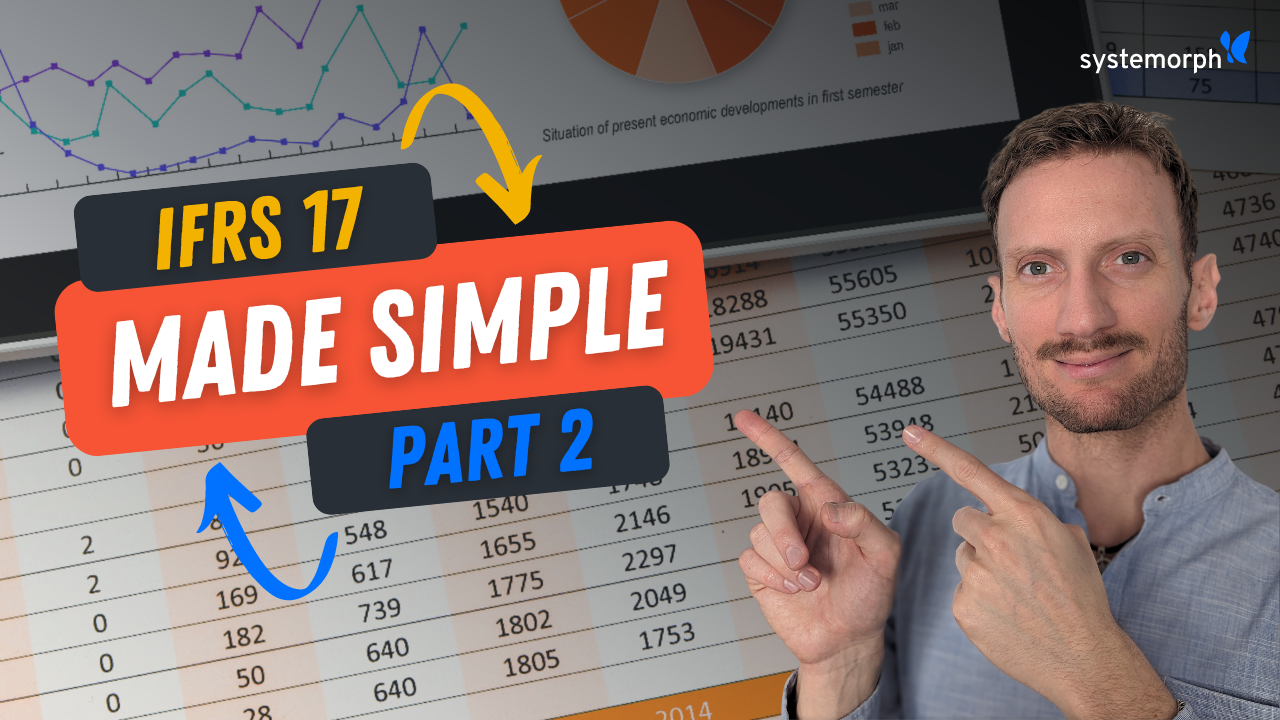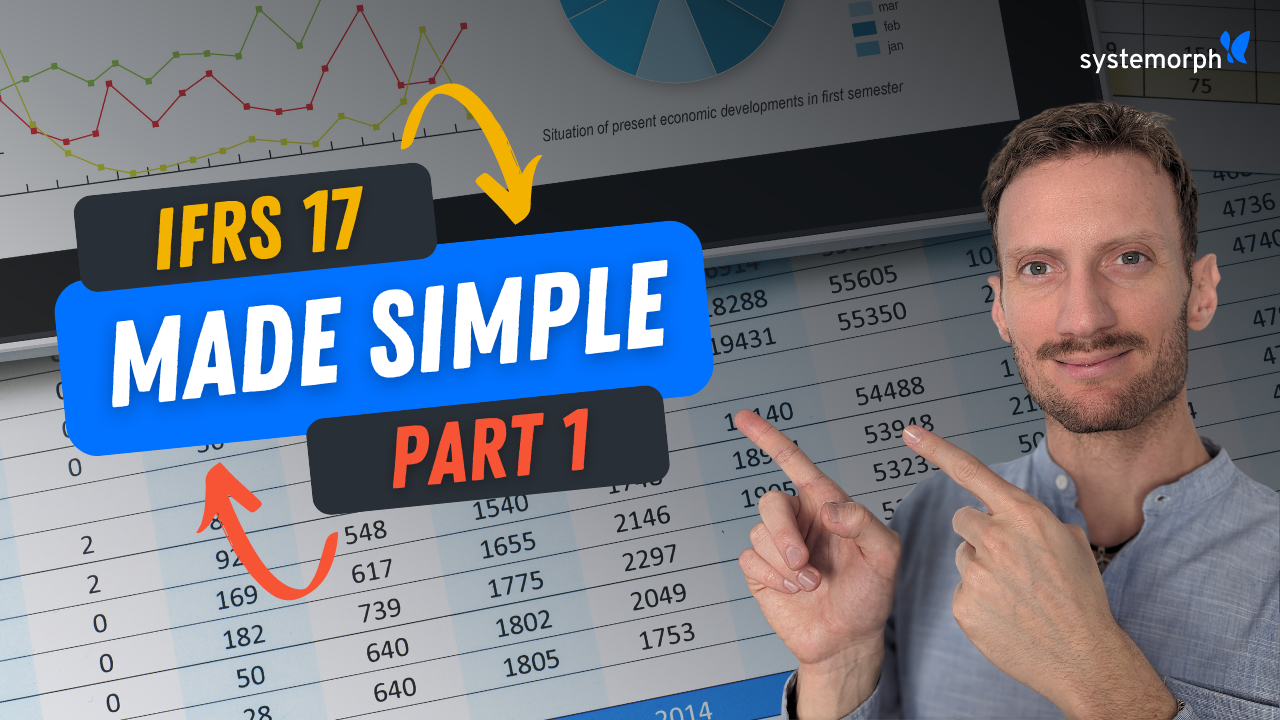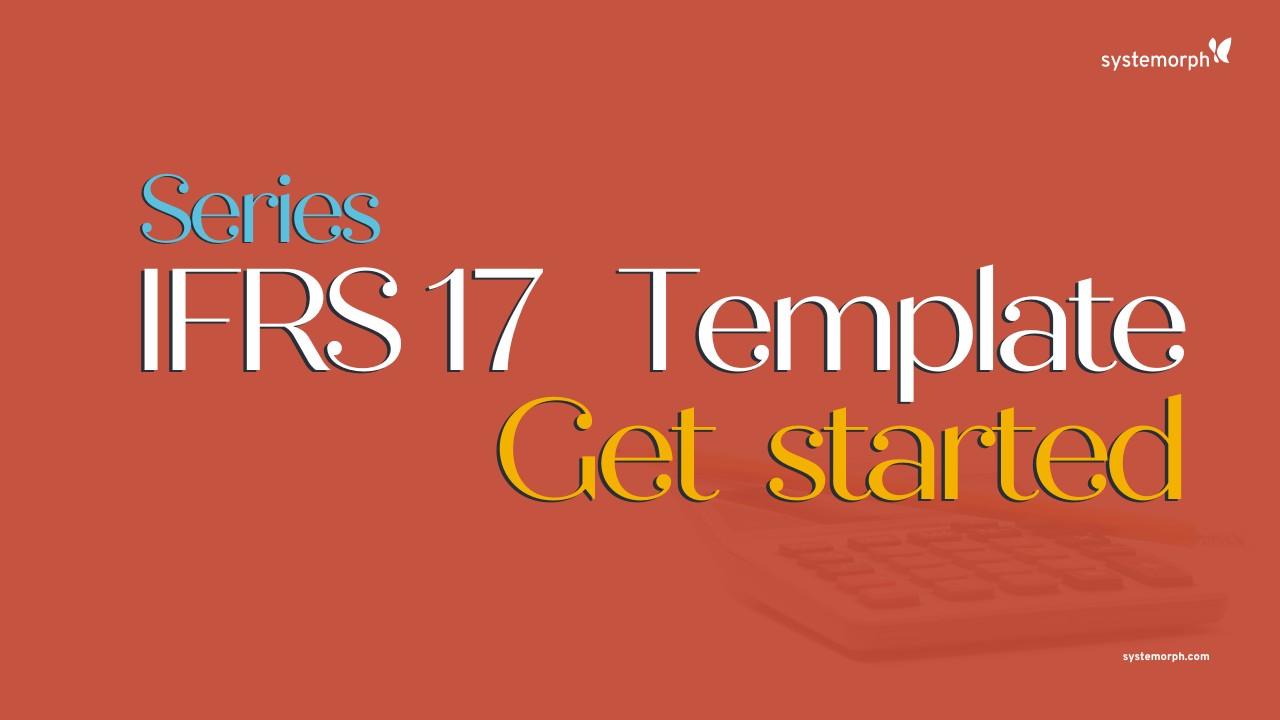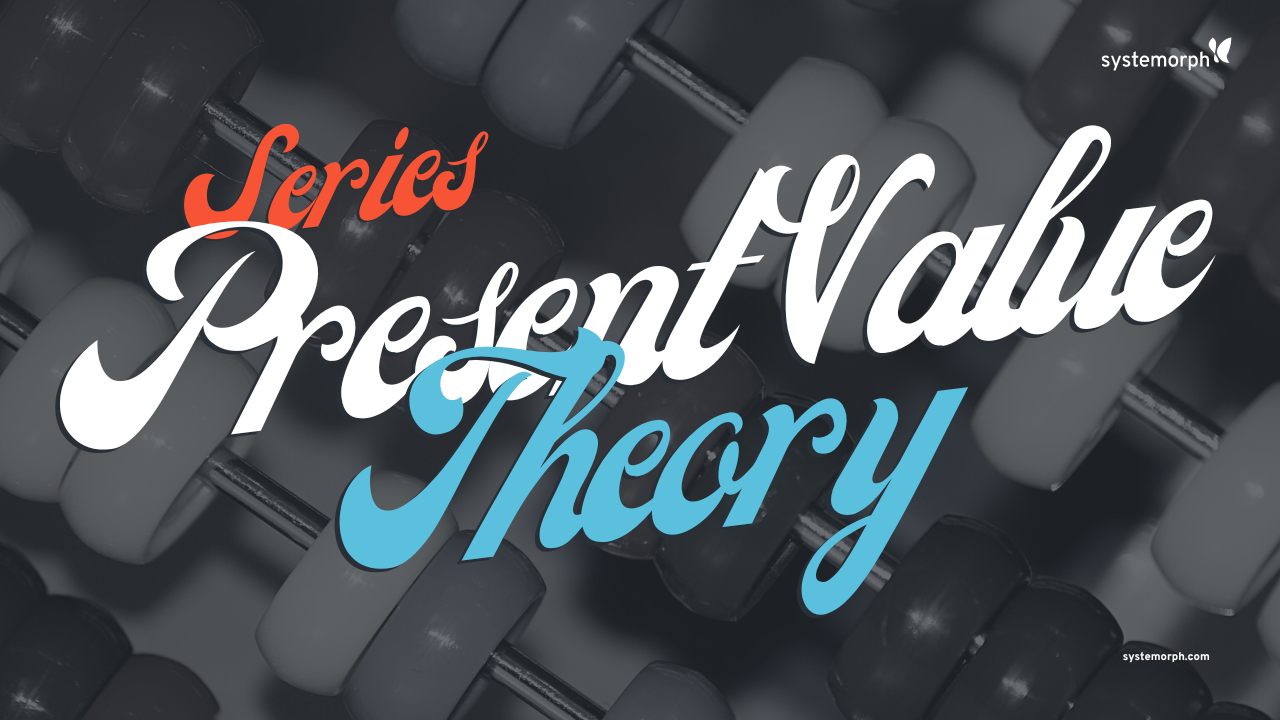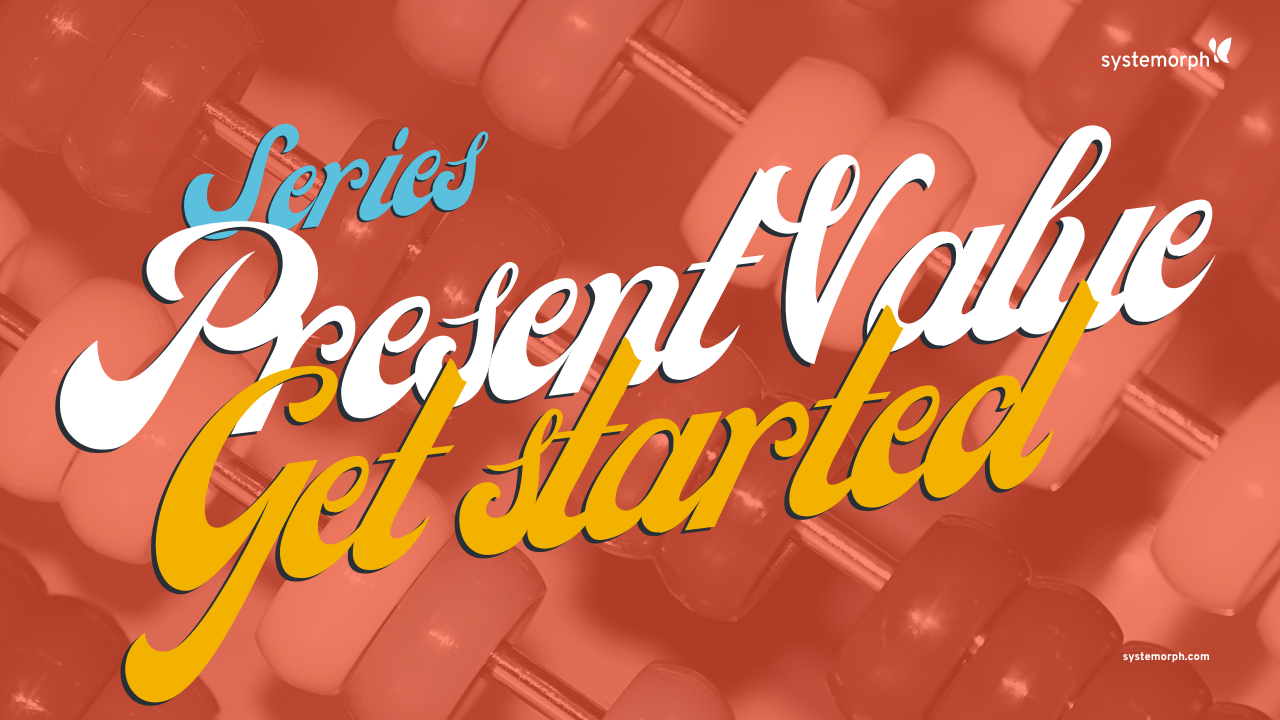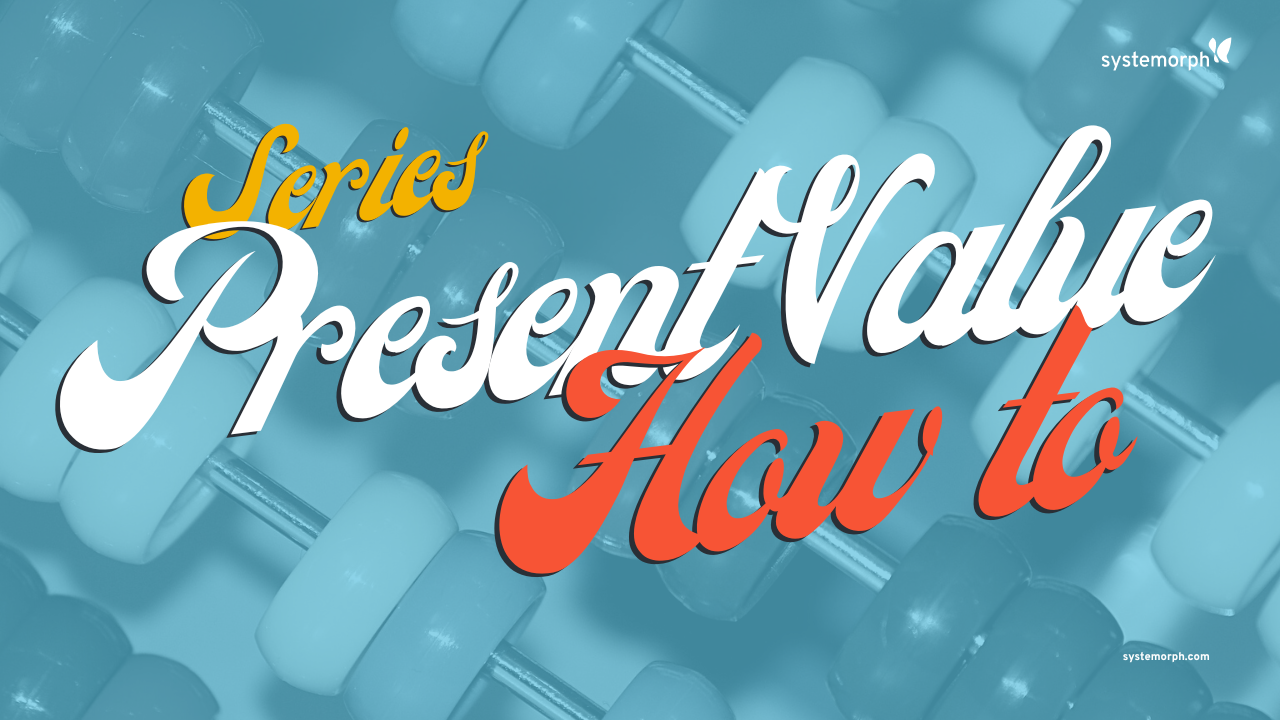Sensitivity Analysis: operations and techniques
The new IFRS17 standard imposes the insurance industry to disclose different results for each approved scenario, which enables shareholders and analysts to compare sensitivities of different insurers.
However, to satisfy the regulatory requirement of disclosing sensitivities, one must perform calculations for dozens of scenarios, for example a change in mortality, longevity, inflation, or yield curve that deviates from the Best Estimate. And this can be a laborious task.
The Systemorph standard solution helps you to get rid of redundancy and data repetition; and ensure less user time is burnt.
Our concept tackles scenarios by efficient partitioning of data and employing so-called “relaxed queries” to avoid mixing and repetitiveness. Most importantly, the scenario set can easily be extended and customized.
What would you like to see next? Let us know the challenges you’re facing or otherIFRS17 topics you’re interested in and we’ll get right onto making the educational material.
- Learn more about Systemorph Cloud
- Meet our Community Team
- Get support with IFRS17
IFRS17: How to read the full set of financial reports – Part 2
In the second of this three-part episode, we present written, advance and overdue actuals and the actuarial experience adjustment – the difference between effective and expected cash flows.
IFRS17: How to read the full set of financial reports – Part 1
In the first of this three-part episode, study the Best Estimates and Risk Adjustments of Present Values displayed in the Reports notebook and calculated from the template data shipped with the IFRS17 Project available in the Systemorph Cloud Portal.
IFRS17 Template: Get started
In this episode, we walk you through the Systemorph IFRS17 Template Project which includes a complete example of input data for many annual reporting periods and uses our Calculation Engine for producing and reporting results.
Present Value: Theory
We break down the theory behind calculating the present value of insurance contracts through the Analysis of Change approach.
Present Value: Get started
We show you how the present value of a group of insurance contracts can easily be calculated using our IFRS17 Calculation Engine developed in Systemorph Cloud Notebooks.
Present Value: How to
We show you how to configure the Systemorph IFRS17 Calculation Engine to your own data set and business. From setting up your company’s many legal entities to include your favorite Analysis of Change step. This is where the magic happens.

